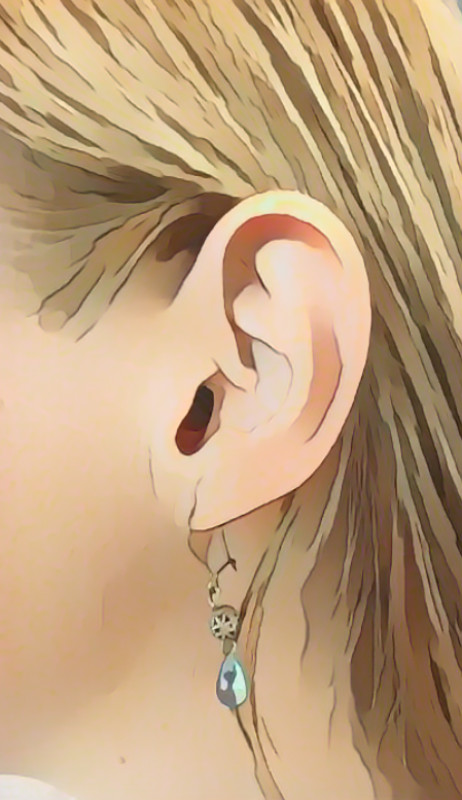News Details

KLI Fellow Anne Le Maître was interviewed by Lauren Leffer for the online magazine Popular Science, along with two other scientists, viz., Mark Coleman (Associate professor of anatomy at Western Atlantic University School of Medicine, the Bahamas) and Bridget Alex (paleoanthropologist, Harvard University). In the recent article posted on 6 September 2024, titled, “Why do we have earlobes? They make no evolutionary sense”, Anne explains the complexity of the inner and middle ear in mammals, including humans, and the evolutionary transition from ancestral forms still seen in birds and crocodiles to their present mammalian form. Fossil evidence of mammalian ancestors belonging to the Cretaceous Period (145-66 million years ago) dug up from China, South Africa and other places show transition phases when several jaw bones integrate the middle ear, leading to the evolution of new ‘special, sound-conducting bones’ which, together with a ‘unique, extra-long, coiled cochlea’, allows perception of higher frequency sounds that couldn’t have been possible to perceive. Anne adds that species that are not closely related but occupy similar habitats, for example aquatic habitats, have more similar ears than with their evolutionarily closer cousins who live in a different habitat, for example terrestrial, demonstrating a clear case of convergent evolution.
As for the outer ear, Mark Coleman explains that they are unique to mammals and have an important function of amplifying sounds, and the specific topology of the ear pinnae helps not only in picking up different types of sounds but also enables the locating of the source. The earlobes, however, unlike the rest of the ear, show much higher variation even across individuals, and according to Anne, this could mean that they are under much less pressure to fit a particular form and function. Mark Coleman affirms that these appendages have been observed only in humans, chimpanzees, and gorillas, while Bridget Alex adds that earlobes perhaps appeared due to non-adaptive processes such as random genetic drift. All three scientists agree that earlobes have so far, no clear adaptive advantage. Though one could safely admit it’s a great spot for earrings!
This story is part of Popular Science’s Ask Us Anything series, where they find answers to unusual and peculiar questions posed by readers. The magazine welcomes questions here.

